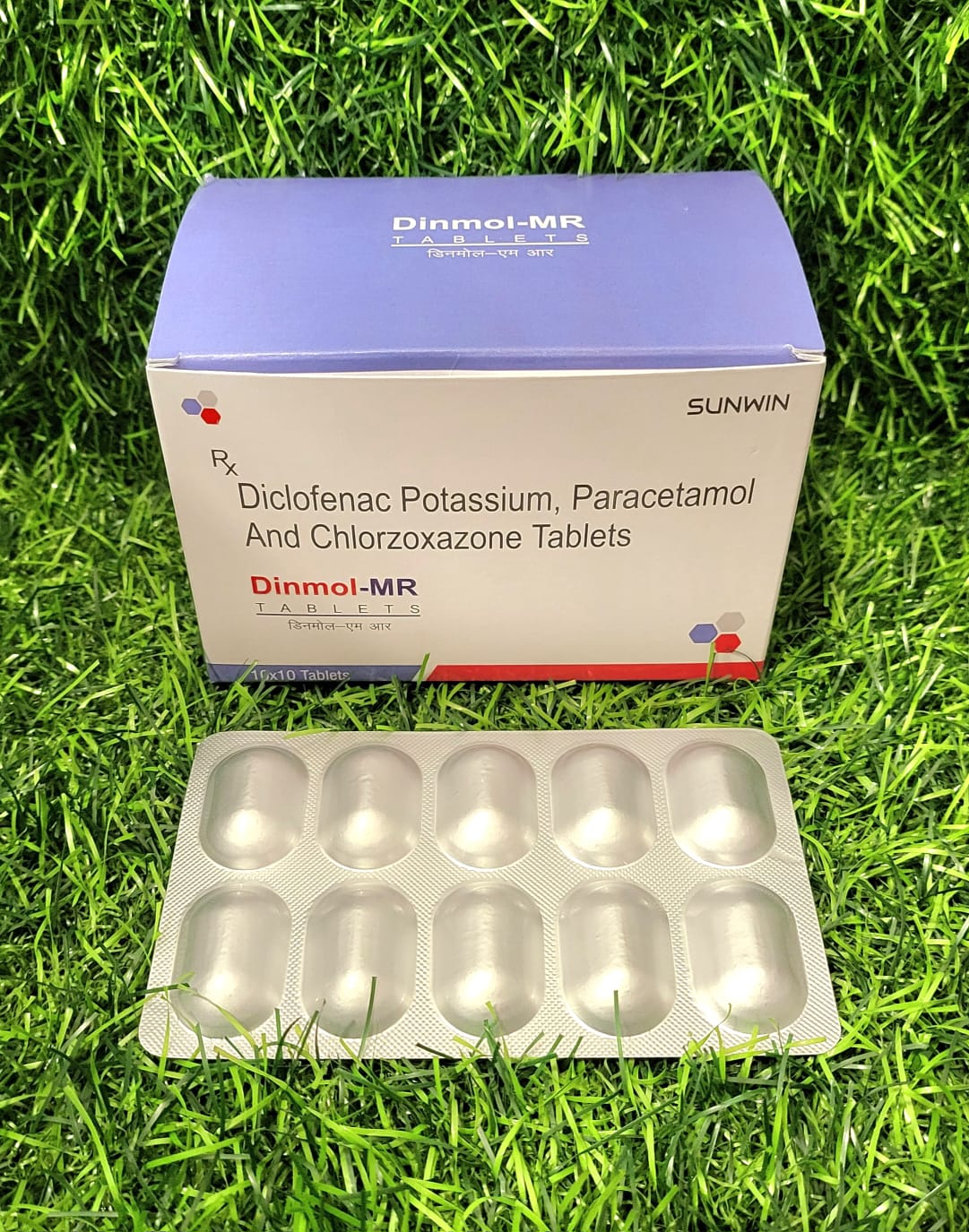Composition:-
Diclofenac Sodium 75mg + THIOCOLCHICOSIDE
Uses:-
Diclofenac Sodium 75mg + Thiocolchicoside is a combination medication used to relieve pain and inflammation associated with musculoskeletal conditions such as arthritis, sprains, strains, and muscle spasms. Diclofenac Sodium is a nonsteroidal anti-inflammatory drug (NSAID) that works by reducing pain and inflammation, while Thiocolchicoside is a muscle relaxant that helps to alleviate muscle stiffness and spasms. Together, they provide effective relief from symptoms such as joint pain, swelling, and restricted movement. This combination medication is available in various forms, including tablets and topical formulations, allowing for flexibility in administration depending on the type and severity of the condition being treated.
Side Effects:-
While Diclofenac Sodium + Thiocolchicoside is effective in relieving musculoskeletal pain and inflammation, it may cause side effects in some individuals. Common side effects may include gastrointestinal upset, such as nausea, indigestion, and stomach pain. NSAIDs like Diclofenac Sodium can also increase the risk of gastrointestinal ulcers or bleeding, particularly in older adults or those with a history of stomach problems. Side effects associated with Thiocolchicoside may include dizziness, drowsiness, headache, and dry mouth. Rare but serious side effects may include allergic reactions, liver or kidney problems, and changes in blood pressure or heart rate. It is essential to use Diclofenac Sodium + Thiocolchicoside as directed and report any unusual or severe side effects to a healthcare professional promptly.
Indication:-
Diclofenac Sodium 75mg + Thiocolchicoside is indicated for the management of pain and inflammation in musculoskeletal conditions such as arthritis, sprains, strains, and muscle spasms. It is commonly prescribed for short-term use to provide relief from acute episodes of pain or flare-ups of chronic conditions. This combination medication is suitable for adults and adolescents and may be prescribed alone or in combination with other treatments, depending on the severity of the symptoms and the individual’s response to therapy. It is important to follow the prescribed dosage and duration of treatment to achieve optimal pain relief while minimizing the risk of side effects. If symptoms persist or worsen despite treatment, or if new symptoms develop, it is essential to consult a healthcare provider for further evaluation and management.


